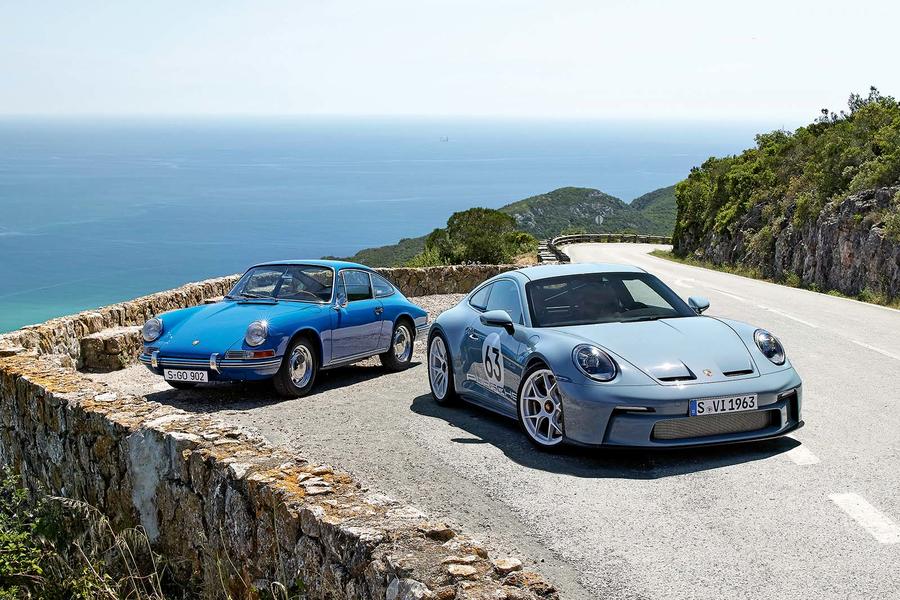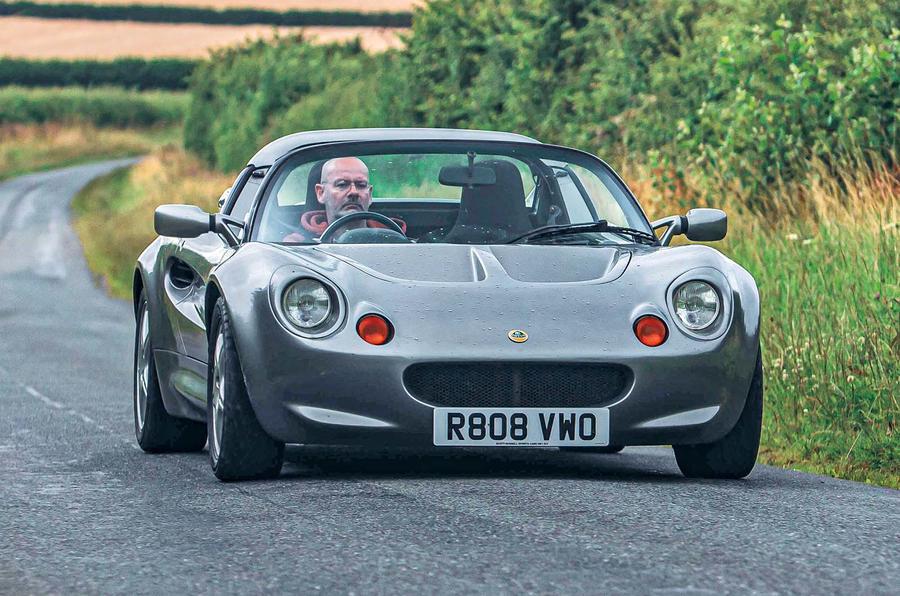Mantara, RV8, Griffith: early ’90s was a great time for simple thrills
Prior talks about how we don’t have to tolerate badly performing cars anymore, but basic thrills are still available
There’s an enjoyable story which our sibling title Classic & Sports Car covered about a TVR Griffith, an MG RV8 and a Marcos Mantara.
Or at least it’s a story that I was enjoying, right up to the point when I remembered that I had read a group test of those three cars (along with a Morgan Plus 8 and a Ginetta G33) when they were new, which was 1993 but seems like about three weeks ago. And yes, of course I’ve bored several office colleagues about this.
Perhaps this will be no surprise to you, but increasingly I understand what people older than me say about still feeling young: there’s no appreciable difference between the nub of me now and the one from 30 years ago, except I get up earlier, like more cheeses and trim my nose hair more frequently. Otherwise, same idiot, different day. I still like Griffiths.
I mention this because the car market of today is quite different from the one of the mid-1990s, and Autocar’s inbox is broadly evenly split between people who think that modern cars are becoming ever more dismal and people who think the world ever improves.
I suppose it has always been this way. I mean, those once-annoying millennials are now bitching about having to manage zoomers. But electrification in particular has amplified the reaction and the noise around cars.

Largely, I’m of the thinking that things ever get better. I think there were certain peaks in the mid-2010s that haven’t been equalled since; recent misfiring driver assistance systems have made me want to burn more cars than ever; and all of the UK’s electricity salesmen combined won’t convince me that an electric car is the right choice for everybody.
But I also think it’s easy to forget that, for example, a late-1990s Daewoo Lanos was unspeakably bad in a way that we don’t have to tolerate today.
It’s not the quality of today’s cars that underwhelms me but rather the quantity that overwhelms. In 1993, I could have told you the trim level and price of a car by a glimpse of its wheel.
Today, I could stare for several minutes at a premium SUV and still be a little foggy about its name. I may be the UK’s only person sad about the Ora Funky Cat having its name changed to… whatever it is now. At least I remembered it the first time around.

But back to that sports car group test. If you’re tired or bewildered by most new cars, these more basic thrills are still available to you. While the RV8 and Marcos have sadly left us and the Lotus Elise has both come and gone since then, cars of their ilk are still around.
In two weeks’ time, I will drive a Morgan, now with a BMW engine, which looks the same as it always has but which is engaging and better in every way than one from 30 years ago.
Ginetta doesn’t put much stock into road cars today, but given how it races them, it’s perhaps a more credible car maker and certainly more financially stable than at any time in its history.
And you can still even place a deposit for a brand-new TVR Griffith hahahahahahahaha (seriously, don’t do that).
Beyond those, you can now buy an Ariel Atom, which you couldn’t back then. Today’s Caterham Sevens offer the same excitement as ever.
Morgan has even added a three-wheeler back to its range. And going more mainstream, the Porsche 718 Cayman GT4 RS and Porsche 911 S/T are as good a pair of sports cars as have ever been made, not just compared with the 1990s but in all of history.
Ultimately, then, for all the change, not so much is different after all. Except my ability to remember where I put my glasses.
Source: Autocar
